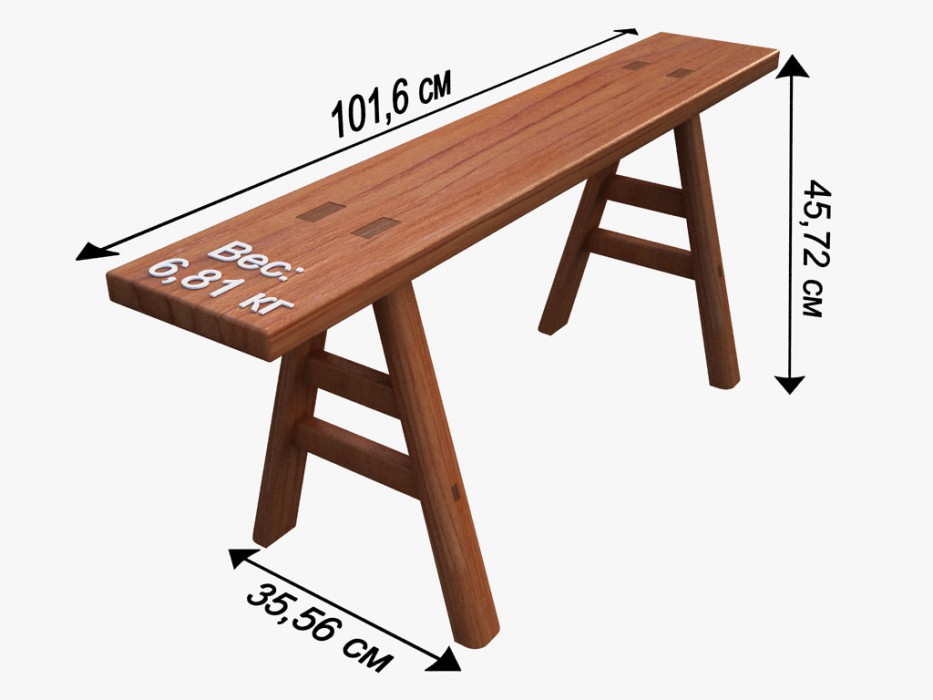
Какой предмет может стать хорошим оружием? Согласно некоторым китайским боевым системам - практически любой, с которым можно достичь нужного результата. Одним из самых оригинальных видов оружия является деревянная скамейка.
Секретное оружие кунг-фу
Уставший и проголодавшийся от длительных путешествий по Южному Китаю, в таверне городка Гонгмун остановился купец, желающий поужинать и выпить чашечку чая.
Всецело сосредоточившись на своей еде и наслаждаясь таким необходимым ему отдыхом, он почти не обращал внимание на шумное окружение.
Целиком погрузившись в свои мысли, он и не подозревал, что человек, сидящий за соседним столом, краем глаза наблюдал за тем, как он пересчитал большую сумму денег и положил их обратно в походную сумку позади себя. Неизвестный приезжему путешественнику, безымянный наблюдатель был одним из самых крупных воров Китая. На протяжении многих лет власти предлагали большое вознаграждение за информацию, необходимую для его поимки.
Встав из-за стола, вор прошел через переполненную таверну в направлении наивного купца. Проходя возле его стола, вор “случайно” уронил свой бумажник. Притворяясь, что поднимает его, опустил руку вниз, готовясь в любой момент схватить купеческую сумку.
Прием №1
Но в тот момент, когда вор попытался украсть сумку, купец отодвинулся к дальнему концу деревянной скамейки, на которой сидел. Ударом в лицо поднявшимся краем скамьи он сбил вора с ног.
Потрясенный и разъяренный грабитель, решил доказать простачку-купцу, что тот ему и в подметки не годится. Вор быстро поднялся, схватил лежащий рядом шест и гневно приблизился к купцу. Перед тем, как он сумел нанести удар поднятым шестом, его противник поднял скамейку и таранящим ударом врезал ею прямо в незащищенный живот вора. С удивительной точностью и силой, используя две ножки скамьи, он поймал шест противника и одним мощным вращательно-возвратным движением вырвал его из рук. Парализованный страхом грабитель остановился как вкопанный, а купец, сберегший свои деньги, остался ждать прихода властей.
Действительно, деревянная скамейка была распространенным оружием в Южном Китае и использовалась во многих известных южных стилях кунг-фу, таких, например, как Чой Ли Фут и Хунг-Гар. Сама скамья обычно 4 фута длиной, с доской 6 дюймов в ширину и четырьмя ножками (по две ножки на каждой стороне), длиною в два с половиной фута.
Прием №2
Скамья - тяжелое оружие. Несмотря на вес в 15-20 фунтов (в неподвижном состоянии), при использовании ее в виде оружия, из-за системы рычагов ее вес достигает минимум 40 фунтов. Очевидно, что она подходит только исключительно сильным людям. Подобное оружие определенно не для новичков и не для тех, кто лишь поверхностно тренируется и владеет боевыми искусствами.
Вот как объясняет это Гибсон Данг, боец, изучающий кунг-фу Чой Ли Фут: - “Перед началом занятий со скамьей, необходимо укрепить кисти и предплечья, вдобавок, повысить устойчивость в стойках и работу ног. В связи с тяжестью оружия, при недостаточной устойчивости в стойках, жизненно необходимый баланс, особенно в работе с таким тяжелым оружием, будет потерян; следовательно, сходит на нет основная форма и налицо полное отсутствие необходимой силы”.
Исходя из этого, лучше всего тренироваться со скамьей минимум по одному часу в день. Разделите свои тренировки на три фазы: форму, силу и скорость. В целом, если ваша форма неправильна, все остальное станет бесполезным как практической точки зрения, так и с эстетической. Кроме того, если концентрироваться только на скорости, залогом успеха станет выносливость. Если единственной сильной стороной является мощь, то быстрая искусная атака, вероятней всего, будет лучшим достижением. “Использование правильной формы в сочетании с силой и скоростью, без пренебрежения каким-либо из навыков - вот, что стоит принять во внимание, говоря о знаменитых особенностях боевых искусств”, - говорит Данг.
Несмотря на то, что на самом деле скамейка не является длинным оружием, приемы ее использования подчиняются стандартам именно длинного оружия, поскольку она является в некотором роде вариацией удлиненного шеста, популярного в кунг-фу. Но по существу это не традиционное оружие, а вещь, на него ориентированная вследствие того, что в южных системах кунг-фу подобные предметы часто использовались в виде оружия. Они были широко распространены, практичны и эффективны.
В одиночных выступлениях и поединках преимущество деревянной скамьи это ее вес и уникальное строение. В основном, широкая часть использовалась для блокирования высоких и низких атак, а также атак под любым углом. Ножками скамейки можно было выхватить оружие у противника, делать выпады, толчки, мощные апперкоты и разрушительные удары сверху вниз.
Всего существует 15 базовых приемов владения скамейкой. Их комбинация с различными вариациями создает 150 отдельных движений. Например, приемы с подсечками известны под названием “орудие ло-шу-пун”, а круговые блоки над головой называются “костюм фа-кой-динг”. Есть и сложные кувырки через стоящую на земле скамейку.
Кроме того, в списке приемов есть сложное вращение скамьи по плечам, которое было придумано либо для оттачивания навыков, либо использовалось при отступлении. Это самый красочный прием из всего набора и с ним может справиться лишь искусный боец. Скамью часто применяли против фермерской мотыги, двухконечного посоха или шеста, и двух мечей.
Фермерская мотыга это длинный шест с укрепленным на конце лезвием, повернутым вниз. Это длинное оружие и, как и скамейка, тоже тяжелое. Когда их используют вместе, этому дают определение “тяжелое оружие против тяжелого”. Поскольку о скорости при их использовании говорить не приходиться, противники должны полагаться исключительно на свои навыки и силу.
Несмотря на большие отличия, традиционный шест имеет нечто общее со скамьей. По сравнению с мощной тяжелой скамейкой, у шеста преимущество в легком весе и, следовательно, в скорости, что делает его достойным противником.
В поединке с двумя мечами ситуация совершенно другая. Мечи представляют собою не только короткое оружие, но и двойное. Из-за легкого веса, необходимо учитывать их скорость, синхронность и быстроту. С другой стороны, скамейка превосходит их в силе и мощи. Конечный результат будет зависеть от навыков бойцов.
Прием №3
“Как в одиночном, так и в командном исполнении, очень важно, чтобы каждый учащийся выполнял достаточное количество силовых и укрепляющих упражнений для выработки умения правильного владения оружием”, - советует Данг. “Для этого нужна невероятная дисциплинированность. Необходимы определенные методы разогрева, укрепления и надлежащие инструкции. В обратном случае, результатом могут стать травмы спины, локтей или кистей, а также растяжения мышц и подобные проблемы, связанные с тяжелым весом оружия. К счастью, большинство инструкторов по кунг-фу владеют хорошими знаниями о традиционных травах и их лечащих свойствах, не говоря уже об акупунктуре и акупрессуре, поэтому большинство травм удачно вылечиваются”.
Подводя итог, Данг поделился мыслями о возможных перспективах в обучении искусству владения деревянной скамейкой (и остальными видами оружия): “Решающим фактором достижения победы в противостоянии одного оружия против другого станет выбор правильной стратегии. Это веский аргумент, особенно тогда, когда одним из оружий является тяжелая деревянная скамья. При внимательном изучении движений противника, можно заранее подготовить возможные варианты нападения, рассчитать время, дистанцию и правильную позицию. При серьезном интенсивном обучении, ученик сможет, при необходимости, применить накопленные знания в неотрепетированных, реальных жизненных ситуациях, будь-то на улице или, например, в какой-нибудь киностудии”.
Деревянная скамейка не только отлично подходит для самозащиты, ее можно использовать для поддержания равновесия во время нанесения ударов ногами.
Без сомнения, обучиться работе со скамьей нелегко, но, после окончания учебы, она станет по-настоящему мощным оружием. Безвредная, на первый взгляд, она является полной противоположностью, доказывая, что безобидный с виду объект может находиться в одном ряду с самыми смертоносными видами оружия.
Автор текста: Гэри Гилберт
Поиск информации: Den
Перевод: EvilDollaR





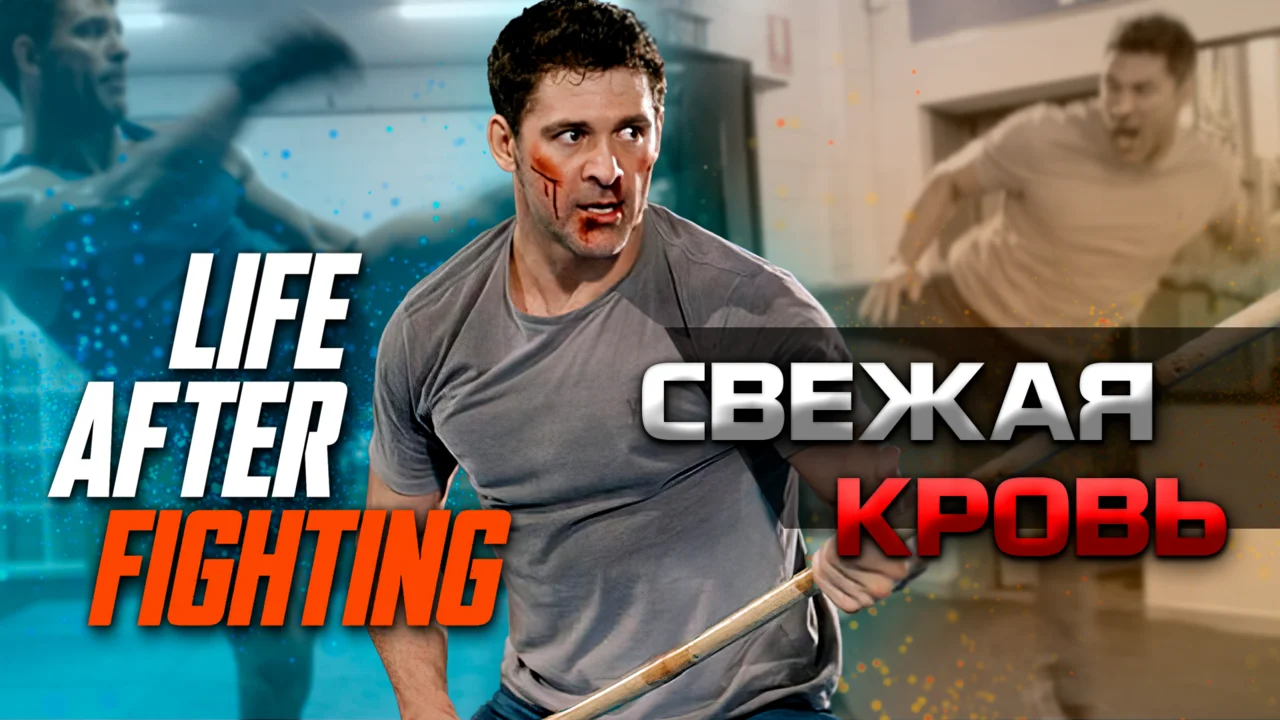
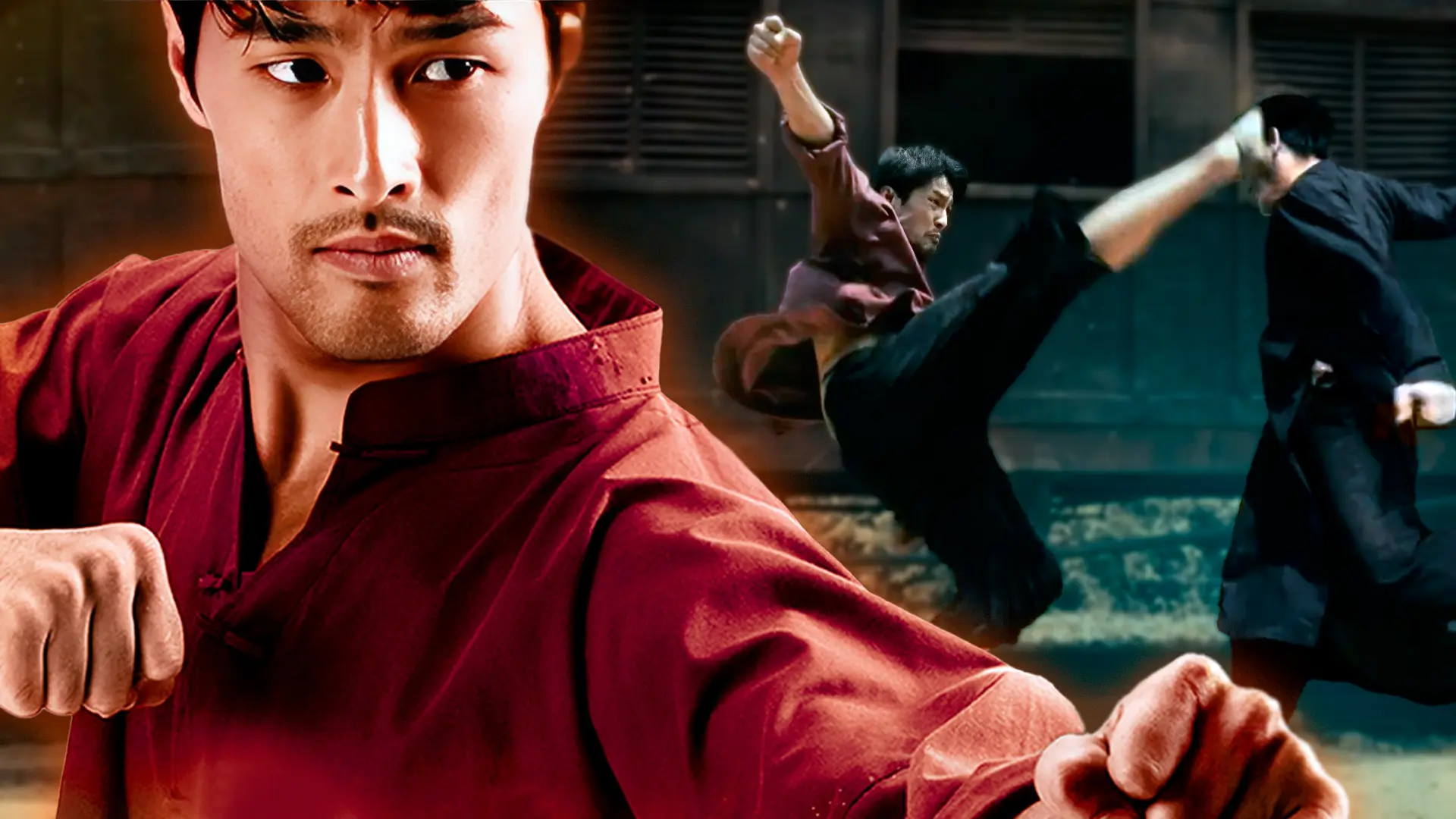
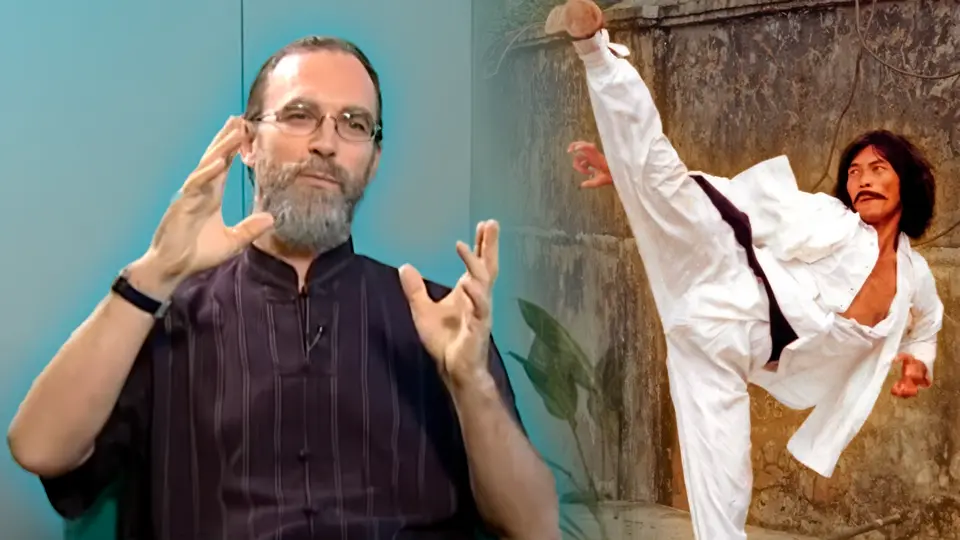
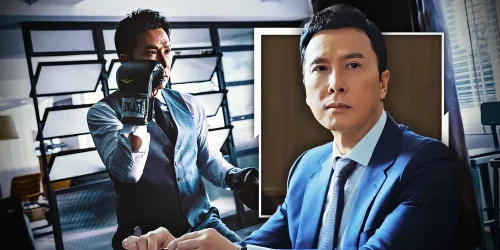
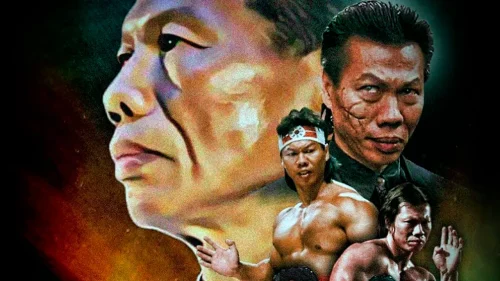

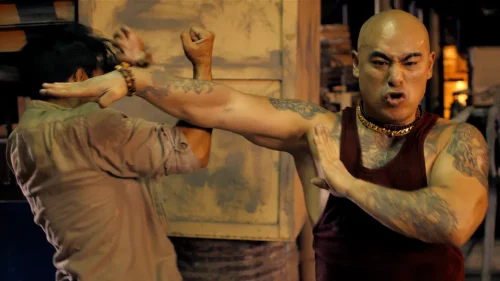


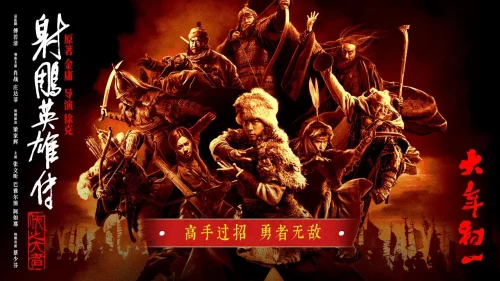
EvilDollaR у тебя остался оригинал этой статьи ?
Напиши пожалуйста,какой номер журнала.Если он у тебя сохранился,пожалуйста вышли его мне по почте.
Вот ссылка.
Вуаля, финал трилогии. ;)